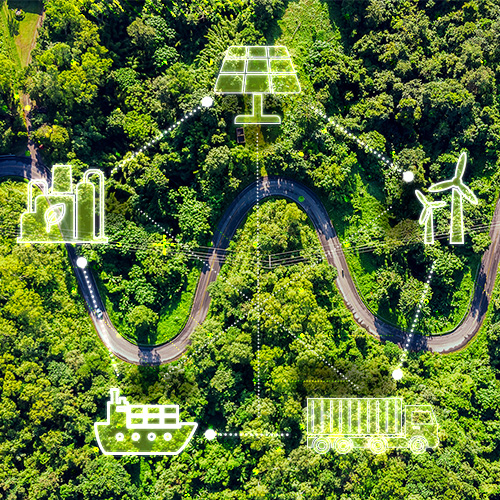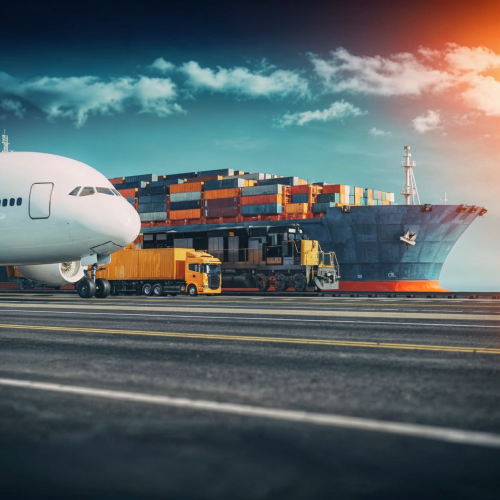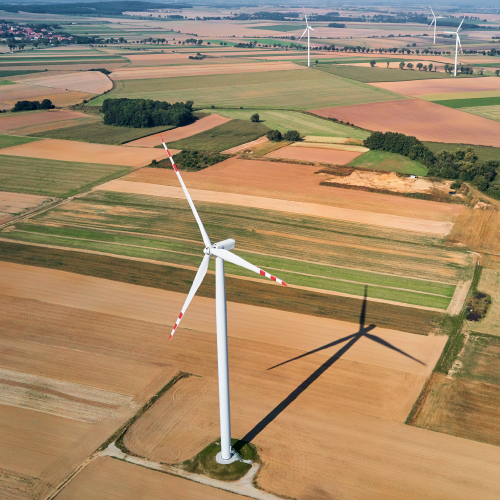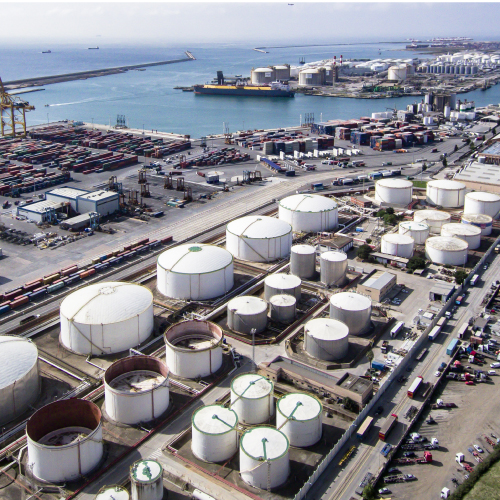Monitoring Report: Renewable Energies in Transport

For optimal presentation and readability, we recommend downloading and
opening the monitoring report in a PDF reader.
The European Union and large parts of the world aim to be carbon neutral in 25 years' time. With an average of 20 % of annual greenhouse gas emissions, the transport sector has a key role to play. The monitoring report "Renewable Energies in Transport" describes the current status of the energy transition in the transport sector in Germany, Europe and worldwide. It focuses on renewable fuels from biomass and electricity origin, and renewable hydrogen and electricity. It begins with an outlook on the energy transition in transport with the perspective of climate-neutral transport, comparing the future demand for renewable energy with its supply. It then presents the current status of transport and its infrastructure, the regulatory framework and key policy objectives for renewable energy, and the main steps in the renewable energy supply and use chain, followed by an environmental and economic classification.








